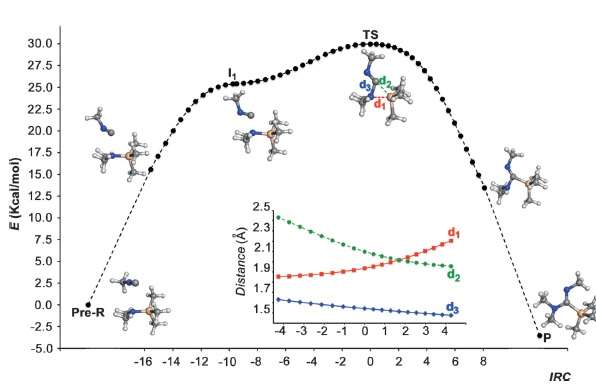New multicomponent reactions to design active compounds against trypanosomiasis

Multicomponent reactions are protocols that ease the chemical synthesis of new compounds, and are particularly important to gain molecules with biological activity as therapeutic agents against several pathogens. The high-impact chemical journal Angewandte Chemie International Edition presents a scientific work on multicomponent reactions to obtain new active compounds against parasites causing trypanosomiasis.
The new research project is led by Professor Rodolfo Lavilla, from the Department of Pharmacology, Toxicology and Therapeutic Chemistry of the Faculty of Pharmacy and Food Sciences of the University of Barcelona, and member of the group ChemBioLab (UB) with headquarters in the Barcelona Science Park (PCB).
Human African Trypanosomiasis—also known as sleeping sickness—is a parasitic disease transmitted by the tsetse fly and provoked by Trypanosoma protozoans. It exists in around 40 countries of the sub-Saharan Africa and in more than 98 percent of cases, the parasite causing the disease is the Trypanosoma brucei gambiense. Regarding the American trypanosomiasis or Chagas disease, transmitted by bedbugs, between 6 and 7 million people are infected by the pathogen (Trypanosoma cruzi), most of them are in Latin America.
A more direct and efficient synthesis methodology
Multicomponent reactions are very direct and simple. The new processes developed by the research team are based on classic heterocyclic chemistry, and in ideal conditions, they reach the complete synthesis in just one stage. They are versatile, and allow obtaining a wide collection of products and selecting the compound with better biological and physicochemical characteristics as a drug.
The new preclinical study shows the in vitro performance of the new compounds against the Trypanosoma brucei and T. Cruzi parasites. According to Rodolfo Lavilla, "one of the new factors of the new reactivity is that, apart from allowing an efficient synthesis, it represents a new way of activation of compounds that are essential in multicomponent reactions, the isonitrils."
According to the authors of the study, in future researches it will be necessary to know about the action mechanism of the new products—highly selective and with low cell toxicity on in vitro tests—and broaden preclinical studies with laboratory animal models.
More information: Kranti G. Kishore et al. Insertion of Isocyanides into N−Si Bonds: Multicomponent Reactions with Azines Leading to Potent Antiparasitic Compounds, Angewandte Chemie (2016). DOI: 10.1002/ange.201604109
Journal information: Angewandte Chemie International Edition , Angewandte Chemie
Provided by University of Barcelona


















